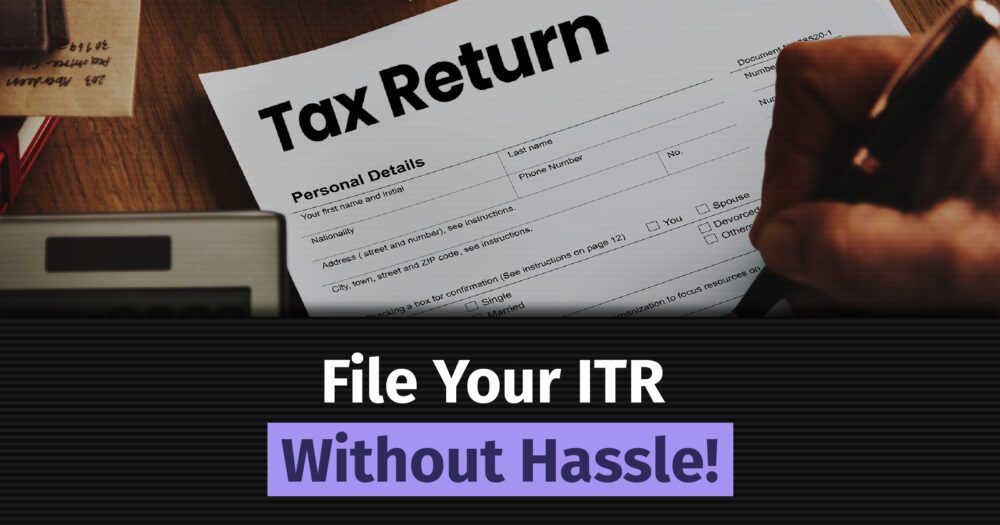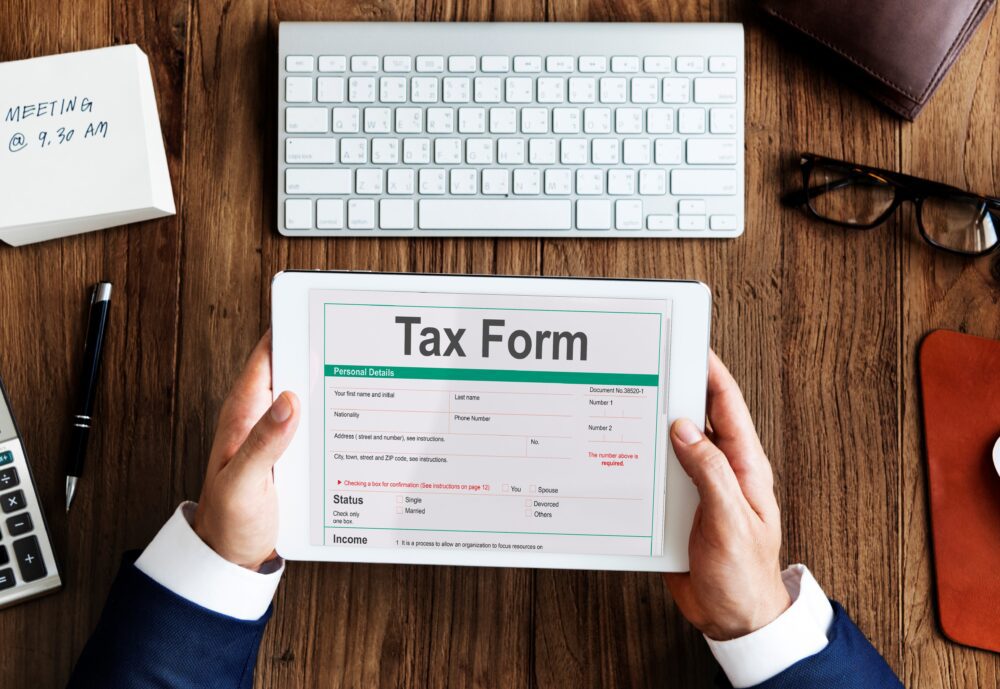After the digitisation of the ITR request procedure, filing your ITR has become easier than ever. You can just visit the Income Tax e-Filing portal to register yourself with your details and next thing you know, you have successfully initiated a return from the IT department.
However, the process might seem tricky for first-timers, especially those who are trying to make sense of their finances and the forms involved for the first time. If you happen to be one of those newbie taxpayers or are just looking to brush up on the steps to make sure you’re doing things right, we’ve got you covered.
What is an Income Tax Return (ITR)?
So, what is the ITR, and why do you need to file it? The Income Tax Return (ITR) request is a form that individuals and businesses need to file with the Income Tax Department of India every year. This is done to report their income, expenses, losses and investments, and maintain complete financial transparency.
Now, filing the ITR request is mandatory for individuals or entities with taxable income slabs. It is highly beneficial for taxpayers who are eligible for refunds or claiming deductions on their refunds. Failure to file an ITR can lead to penalties and legal complications.
Documents Required for Filing ITR
Now that you are sure about being an eligible taxpayer, it is time to start the filing process. To begin with, keep the following documents handy so that you can seamlessly complete your ITR filing process:
- PAN card
- Aadhaar card
- Form 16 (provided by your employer)
- Bank account details
- Investment proof (for deductions under Section 80C, 80D, etc.)
- Form 26AS (Tax Credit Statement)
How to File an Income Tax Return?
Here are the steps to follow while filing the ITR:
Step 1: Choose the appropriate ITR form
There are different categories of ITR forms available on the Income Tax e-filing portal. Now, the type of form you need to fill out depends on the amount, sources and category of your income. Be very careful while choosing the correct form or you will run into the hassle of filing a revised return under section 139(5). Different types of ITR forms include:
- ITR-1 (Sahaj): For individuals with income from salary, pension or interest, required for up to INR 50 lakhs.
- ITR-2: For individuals and HUFs not having income from business or profession.
- ITR-3: For individuals or HUFs having income from a proprietary business or profession.
Check out our guide on choosing the right type of ITR forms to find a comprehensive list of these forms.
Step 2: Register on the IT e-filing portal
After you select the correct form for yourself, visit the login or signup page on the Income Tax e-filing portal. If you’re a new user, register using your PAN as the user ID. Existing users can log in with their credentials.
Step 3: Download the form
Once you’re in, select the ‘e-File’ option from the dashboard above and download the appropriate ITR form from the dropdown menu. Now, here you can either choose the download option for offline filing or use the ‘Prepare and Submit Online’ option for e-filing.
Step 4: Fill in your personal information
Next up, enter your basic personal details, including your PAN, full name, address and Aadhaar number. Ensure that all details are accurate to avoid issues during or after submission.
Step 5: Enter income and deduction details
Refer to Form 16 provided by your employer to fill in your salary details. After that, remember to include any additional income such as interest, rental income, etc. Make sure to check your AIS/TIS and capital gain statement as well in case you have income from shares, crypto, commodities, mutual funds, etc.
To complete the income details, fill in deductions such as those under Section 80C, such as– PF, PPF, LIC premiums and so on, under Section 80D and others. Ensure that you have all supporting documents to warrant these deductions on your income.
Step 6: Calculate tax liability
For this step, you do not have to manually calculate the liability. During e-filing, the ITR form automatically calculates your tax liability once all income and deduction details are locked in. The system will show whether you need to pay additional taxes or are eligible for a refund.
It is important to note that taxpayers now have the option to choose between the old tax regime (with deductions and exemptions) and the new tax regime (with lower tax rates but no deductions). Therefore, when filing an ITR, evaluate your financial situation first and then choose the regime that best suits you.
Step 7: Verify your filing
Remember to check that the tax deducted at source (TDS) matches the data in your Form 26AS. This is crucial because discrepancies could lead to notices and legal consequences from the Income Tax Department.
Step 8: Submit the form
Once you’ve reviewed all the details and are satisfied, submit the form. If you’ve selected the ‘Prepare and Submit Online’ option, you can submit it directly through the portal. For offline filers, upload the XML file after filling in the form offline.
Step 9: E-Verify the Return
After submission, the ITR needs to be verified. You can verify your return using:
- Aadhaar OTP
- Net banking
- Electronic Verification Code (EVC)
- Sending a signed physical copy of ITR-V to the Centralised Processing Centre (CPC) in Bengaluru. E-verifying speeds up the processing of your return and any potential refund.
Wrapping Up
Filing your Income Tax Return is a yearly responsibility that requires you to be thorough with your financial situation of the assessment year to ensure timely submission. Understanding the process step-by-step helps avoid mistakes and makes you fully capable of filing the return on your own. With online platforms and government portals simplifying the process, filing ITR has become easier than ever. So, what are you waiting for? Head over to the Income Tax portal now and file your ITR in minutes to avoid any legal hassles.
If you still find it difficult to navigate the provided steps, download the 1Finance App and book a consultation call. Let our experts offer you personalised assistance in filing your ITR.







